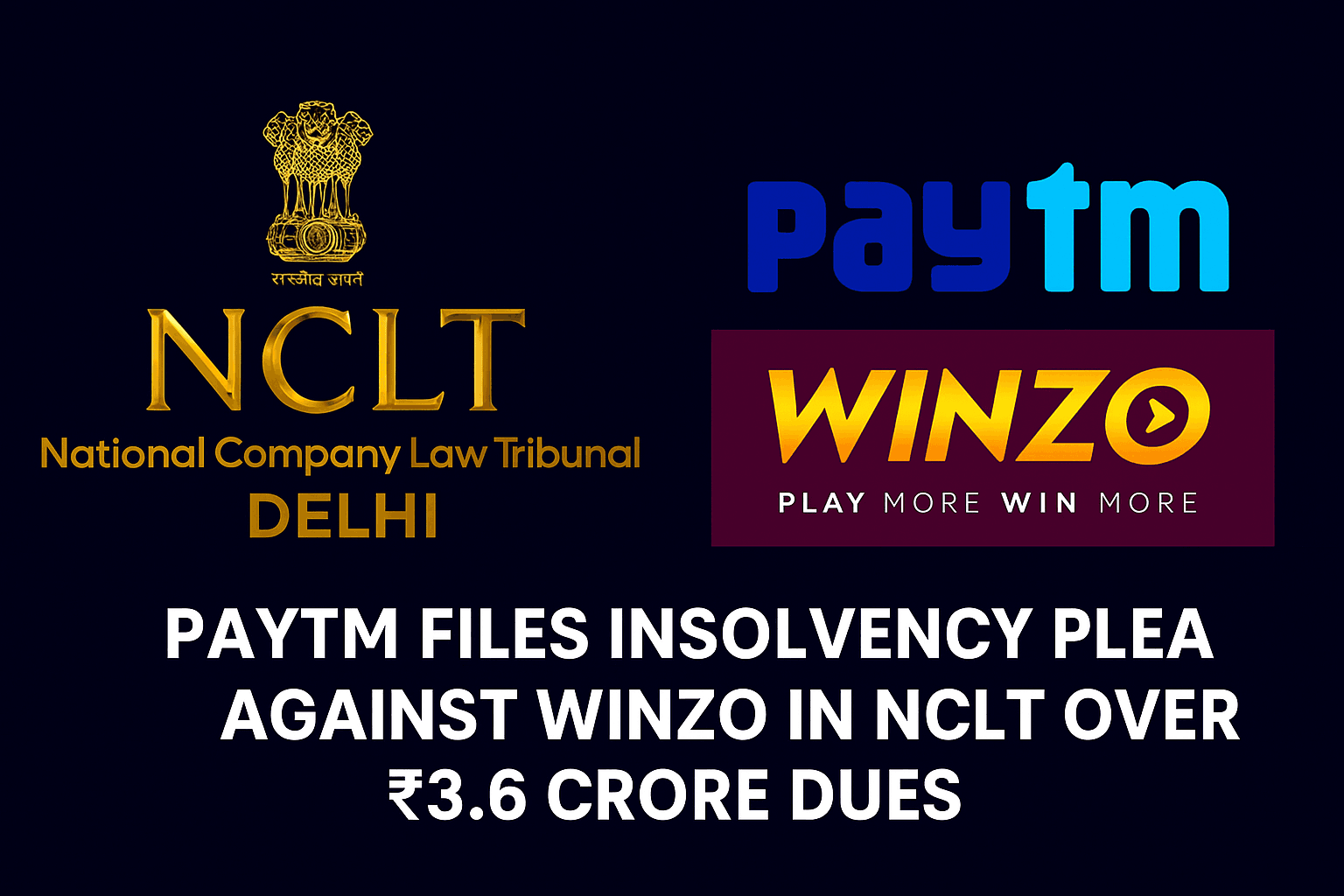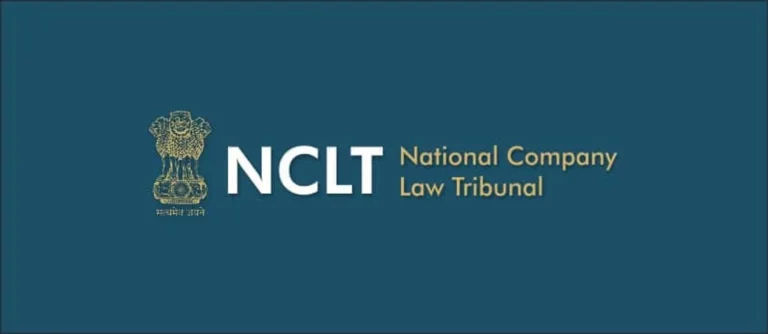
“Remember Nepal’s Porn Ban Backfire?”: SC Grills Centre on Blocking Kids from X-Rated Sites
Citibank Nepal Ban Cited in Court as Cautionary Tale.
The Central government has been severely criticized by the Supreme Court of India on the technical challenges of censoring X-rated or pornographic sites especially to kids. In one hearing, the bench headed by Chief Justice of India B.R. Gavai, used the recent upheaval in Nepal as a cautionary signal of the unintentional side effects of targeting the inherent censorship of the internet. The grilling by the court brings out the huge technical and social difficulties in policing the web.
It was a Public Interest Litigation (PIL) in the court to have all pornographic material banned to safeguard the minors. Although the bench was concerned about the problem, there was a strong unwillingness to come up with a blanket ban. When the petitioner was asked by Chief Justice Gavai, whether he had ever heard an effort to censor social media in Nepal, he replied in the negative and added that he witnessed the result of such a ban.
This is a reference to the Nepal 2025 protests of Gen Z. The government of that country banned 26 social media sites, such as WhatsApp, Facebook, and YouTube, in general. The action which was meant to prevent dissent backfired in an amazing way. It caused a huge, young-led rebellion resulting in violent conflicts and eventually, the government was overthrown.
For any queries or to publish an article or post or advertisement on our platform, do call at +91 6377460764 or email us at contact@legalmaestros.com.
The Indian government had received a message made by the Supreme Court; in its effort to restrict broad areas of the internet, even in the name of protecting children, the Indian government was venturing into a policy area that is perilous. The court cautioned that such actions can be perceived as an assault on the digital access, which in turn triggered social and political turmoil. This intricate problem is to be resolved by the government and Parliament and not the judiciary to control by court directives, as indicated by the bench.
Porn Ban Backfire Precedent.
Although the social media ban in Nepal was mentioned in the Supreme Court case, the fact that the user himself asked the question concerning a porno ban backfire is also factual. In 2018 the government of Nepal banned all pornographic websites totaling to more than 24,000. The mentioned objective was to contain an alleged increase in sexual violence. But this restriction is generally thought to have been a gigantic failure, a back-fire which shows the ineffectiveness of such a technical embargo.
Right after the 2018 ban, internet service providers in Nepal stated that the ban was ludicrous and almost impossible to implement. Users who wanted to have access to the content simply ignored the restrictions. Statistics revealed that there was a huge and instantaneous increase in the number of people using Virtual Private Networks (VPNs) within the country because consumers found it easy to direct their traffic via servers in foreign countries.
For any queries or to publish an article or post or advertisement on our platform, do call at +91 6377460764 or email us at contact@legalmaestros.com.
The move was condemned by activists in Nepal as a diversionary tactic. They claimed that the government was not confronting the true causes of sexual violence including a weak system of justice but instead declaring a porn ban as a simple solution to announce and implement. The ban was not effective since it merely moved users to a little more advanced tools, making the whole policy meaningless.
This 2018 case is the backfire the Supreme Court has been too conscious of. An outright prohibition of X-rated sites in India, where the internet user base is very large and far more technologically well off would carry the same fate. It would merely drive millions to use VPNs, encrypted browsers, and other workarounds that would push the ban to no effect and at the same time open up a massive market to the tools that help bypass government filters.
Toolkit of Centre: IT Rules and New Acts.
The query made by the user was Project ASVAS and the Digital Suraksha Act, that do not seem to be the official names of the current initiatives of the government. The Central government is, nevertheless, addressing content regulation by using a strong and dynamic collection of instruments. The major weapon is the Information Technology Act, 2000, and the different rules.
For any queries or to publish an article or post or advertisement on our platform, do call at +91 6377460764 or email us at contact@legalmaestros.com.
IT ( Intermediary Guidelines and Digital Media Ethics Code ) Rules, 2021 are the most relevant guidelines. These regulations are a huge burden to the social media sites, search engines, and internet companies. They require a due diligence framework which obliges companies to take down any illegal content, such as pornographic content, when asked to do so by another court or the government.
In control of this, the government has established centralized platforms such as the Indian Cyber crime coordination centre (I4C). This division, in collaboration with the Ministry of Home Affairs operates with the law enforcement to detect and provide takedown notices to illegally found content such as child sexual abuse material (CSAM). It is a more specific method compared to an outright prohibition.
New laws, such as the Digital Personal Data Protection Act (DPDP Act), have also been presented by the government. Although this law includes the privacy of data, it provides the government with new authorities to control the way companies process the data of children, including mandates of verifiable parental consent. This is regarded as one of the means to protect minors indirectly against harmful material.
For any queries or to publish an article or post or advertisement on our platform, do call at +91 6377460764 or email us at contact@legalmaestros.com.
Content control is a complex and controversial mechanism of the government that is composed not of one but of several existing laws and rules. The doubt expressed by the Supreme Court is not whether the government is capable of blocking content, it obviously can according to Section 69A of the IT Act. The issue that the court must consider is whether it ought to seek a blanket ban, as in the case of Nepal, this may prove technically inconsequential and extremely unpopular.





![Research Assistantship @ Sahibnoor Singh Sindhu, [Remote; Stipend of Rs. 7.5k; Dec 2025 & Jan 2026]: Apply by Nov 14, 2025!](https://legalmaestros.com/wp-content/uploads/2025/11/Gemini_Generated_Image_s0k4u6s0k4u6s0k4-768x707.png)
![Karanjawala & Co Hiring Freshers for Legal Counsel [Immediate Joining; Full Time Position in Delhi]: Apply Now!](https://legalmaestros.com/wp-content/uploads/2025/11/Gemini_Generated_Image_52f8mg52f8mg52f8-768x711.png)
![Part-Time Legal Associate / Legal Intern @ Juris at Work [Remote]: Apply Now!](https://legalmaestros.com/wp-content/uploads/2025/11/ChatGPT-Image-Nov-12-2025-08_08_41-PM-768x768.png)
![JOB POST: Legal Content Manager at Lawctopus [3-7 Years PQE; Salary Upto Rs. 70k; Remote]: Rolling Applications!](https://legalmaestros.com/wp-content/uploads/2025/11/ChatGPT-Image-Nov-12-2025-08_01_56-PM-768x768.png)